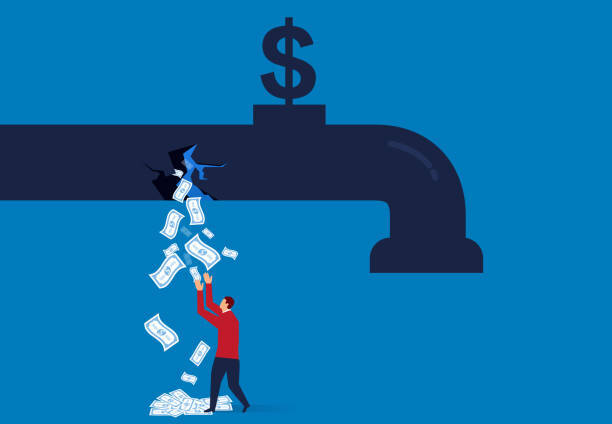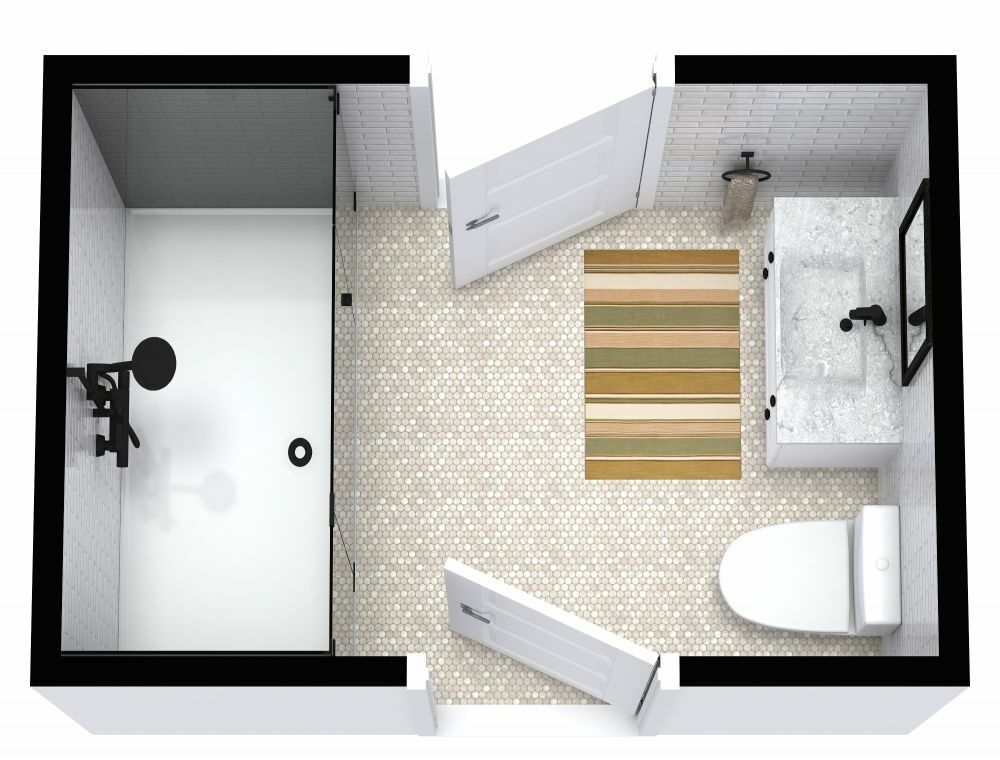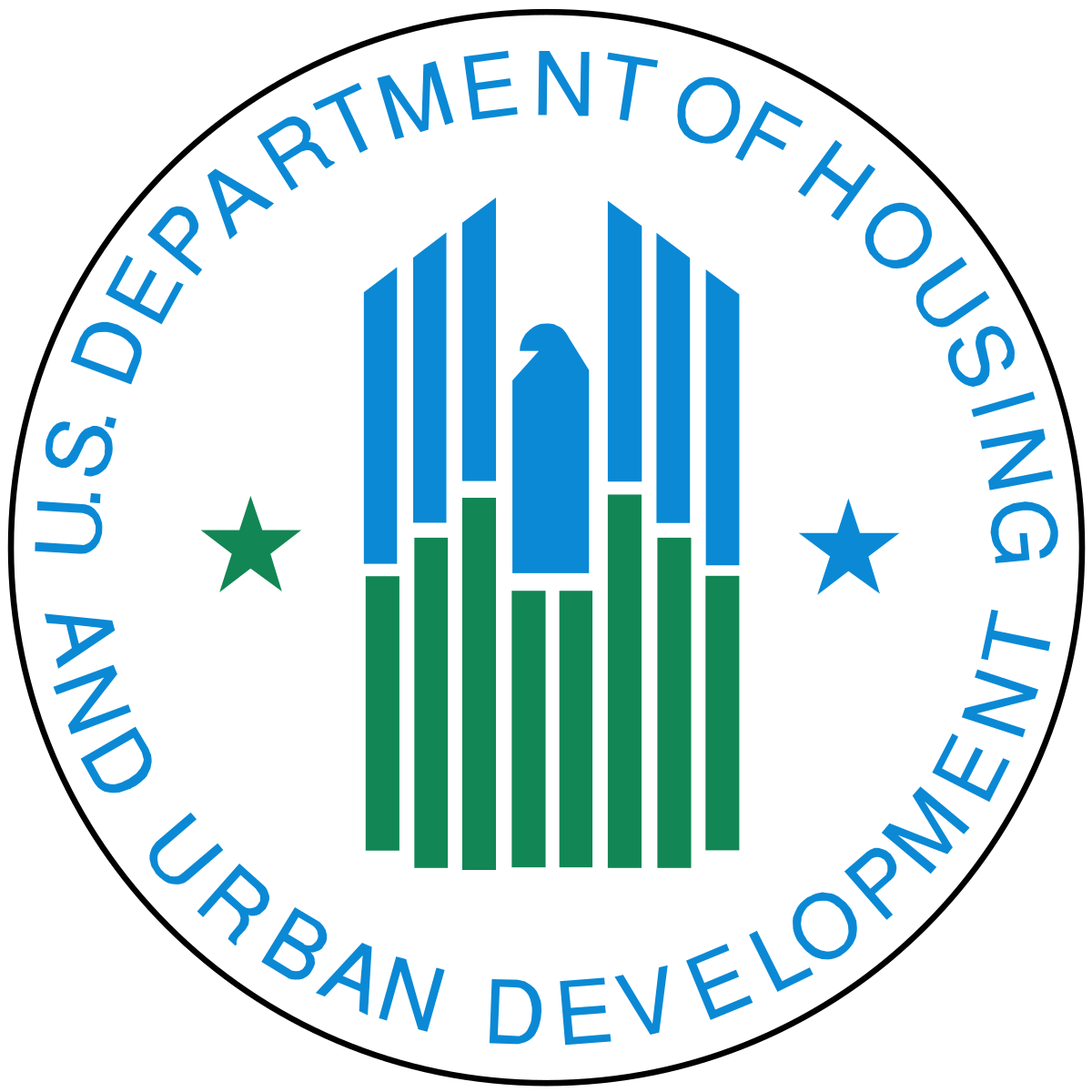The Centers for Medicare & Medicaid Services (CMS) currently caps the Special Focus Facility (SFF) program at 88 active facilities nationwide—a number not based on law, but rather administrative convenience and resource limitations. This artificial restriction leaves hundreds of persistently poor-performing nursing homes unchecked, while high-quality providers are bogged down by excessive regulatory burdens.
The current oversight system spreads resources too thin, placing unnecessary regulatory burdens on high-performing SNFs while limiting the ability to effectively address facilities struggling with persistent quality challenges. CMS should restructure its approach—reducing unnecessary oversight for quality providers and expanding the Special Focus Facility (SFF) program to ensure underperformers improve or exit the industry.
The Problem: Arbitrary Limits Allow Poor-Performing Facilities to Persist
The SFF cap of 88 facilities is not mandated by Congress but is instead a CMS-imposed limitation due to survey agency resource constraints. This means that:
- Hundreds of facilities that should be designated as SFFs are left off the list.
- Chronically poor performers continue operating without real accountability.
- State survey agencies struggle to conduct rigorous oversight while still inspecting high-quality providers that don’t need as much regulation.
Instead of rationing survey resources and allowing underperformance to persist, CMS should expand the SFF program and adopt a smarter resource allocation model.
How CMS Can Expand the SFF Program Without Straining Resources
1. Reduce Survey Frequency for High-Performing Facilities
Survey resources are spread too thin when high-quality nursing homes are inspected as often as poor performers.
Facilities with a 4- or 5-star rating should undergo full surveys less frequently—every three years instead of annually, for example—allowing survey agencies to concentrate their efforts on providers with a history of poor performance, rather than wasting time and money on facilities already delivering high-quality care.
- Routine, full-scale inspections should focus on 1- and 2-star facilities, where poor care is more common.
- Complaint-driven surveys should be the primary method of oversight for high-rated facilities.
By shifting survey resources to where they are needed most, CMS can free up staff and time to aggressively monitor facilities in need of improvement.
2. Implement Accreditation for Standard Surveys
CMS should adopt an accreditation model—similar to The Joint Commission in hospitals—to reduce redundant inspections for top-performing providers.
This could be structured in multiple ways:
- An Across-the-Board Adoption: Accreditation could fully replace annual state surveys for all providers who meet the accreditation body’s higher standards.
- Carving Out Just the SFF Program: Accreditation could be used to screen out high-performing facilities, ensuring that only those with systemic problems remain in the state-run survey system. This would allow state survey agencies to focus on struggling providers while accredited facilities follow a different oversight track.
- Hybrid Model: Accreditation could be adopted for standard annual surveys, while state survey agencies (SAs) retain authority over complaint investigations and the SFF program to ensure ongoing accountability.
This model would incentivize nursing homes to voluntarily adopt higher standards while allowing CMS to focus its enforcement on persistent underperformers.
3. Reallocate State Survey Agency Resources
State survey agencies are burdened by regulatory requirements that do not differentiate between high- and low-risk facilities.
- Routine inspections of 4- and 5-star facilities should be deprioritized, allowing surveyors to focus on facilities with ongoing quality issues.
- Survey agencies should have more flexibility to prioritize enforcement actions rather than simply adhering to rigid scheduling rules.
4. Leverage Technology to Improve Survey Efficiency
CMS and state survey agencies still rely on manual, outdated processes for identifying compliance issues. By integrating technology into the survey process, CMS can increase oversight capacity without requiring more funding.
Some strategies include:
- AI-Driven Risk Analysis: Use data analytics to flag high-risk facilities for targeted, proactive inspections.
- Remote Compliance Monitoring: Utilize virtual audits for lower-risk issues, reducing unnecessary in-person surveys.
- Automated Documentation Reviews: Reduce surveyor workload by automating the review of facility-reported data, care plans, and MDS submissions.
What ASI Advocates For:
The Aging Services Institute (ASI) believes that chronically poor-performing facilities should be required to improve or exit the industry. The solution is not fewer SFF slots—it’s smarter oversight.
We urge CMS to adopt policies that:
✅ Expand the number of Special Focus Facilities.
✅ Reduce oversight of 4- and 5-star facilities to free up resources.
✅ Encourage accreditation as an alternative to routine surveys, with flexible models for adoption.
✅ Reallocate survey resources to focus on 1- and 2-star facilities.
✅ Leverage AI and technology to improve regulatory efficiency.
By modernizing its oversight approach, CMS has an opportunity to create a smarter, fairer system—one that supports providers delivering high-quality care while ensuring struggling facilities get the attention they need to improve. The right reforms will strengthen accountability, efficiency, and care quality across the industry.
Further Reading: The conversation on modernizing SNF oversight goes beyond SFF expansion. The discussions below explore additional strategies to improve efficiency, cut unnecessary costs, and strengthen care quality across the sector:
Modernizing SNF Oversight: How Accreditation Can Cut Costs & Improve Care
Streamlining Regulatory Processes for High-Performing Providers with AI Support
Strengthening Accountability and Improvement for 1-Star Skilled Nursing Facilities
Modernizing the CMS Nursing Home Survey Process through Risk-Based Surveys




